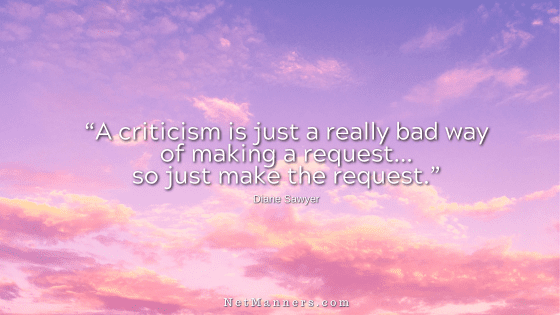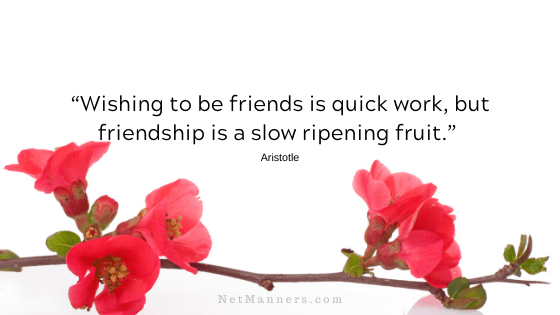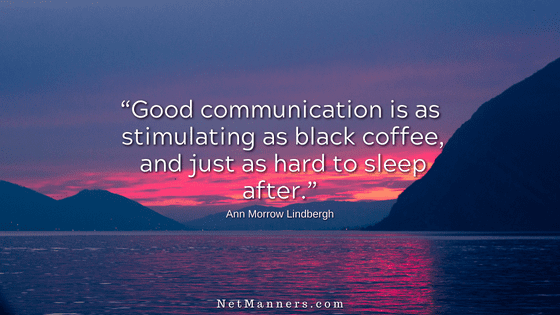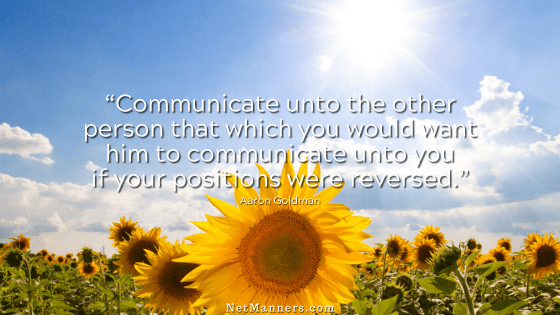What is a nice way of telling someone to stop forwarding all those silly emails?

It’s Not the Forwarding; It’s the No Comments
I’ve got a bunch of posts addressing that question on my site and here on my Blog. Why? Because I get asked this question all the time! Three times this week. The point of contention with incessant forwarding is that it is done without a personal comment for the recipient.
When a comment is added about the reason for the forward, it can be more welcomed than when you don’t. Commenting when forwarding an email is often advised for several reasons:
Make Commenting on Forwards a Habit
By providing a brief comment when forwarding an email, the sender can ensure that their communication is clear, relevant, and actionable. This enhances overall efficiency and effectiveness in email exchanges and makes forwards less annoying.
Understanding the specific context and relationship between the sender and recipient can often provide more insight into why an email was forwarded without additional commentary. However, without a comment, the intent and meaning of the forward can be minimized.
Stop Forwarding Request Email Example
In my experience, no matter how nice you are, it won’t be nice enough. Often, the offender gets mad or feels their efforts are not appreciated. They think they are being thoughtful, and by asking them to stop, well… There just doesn’t seem to be a “nice” way. A truthful way, now that’s another answer.
To help onliners out, I have my article “5 Rules for Forwarding” to help educate forwarders on proper practices. Then there is also my article Are You a Habitual Email Forwarder? You can send folks to these articles (and let me be the bad guy).
All you have to do is point them “nicely” to my articles and say something to the effect:
I found this site NetManners.com and there is a bunch of good information that I didn’t know about Email Etiquette. I wasn’t aware of some of these guidelines myself — including about forwarding email. Since you forward a lot too, I thought you might be interested as well! HTH! 😉
Courtesy and Good Intentions
Onliners are always more open to new information or suggestions that they are doing something incorrectly when done with courtesy and good intentions. The best way to say “Stop Forwarding” is to assist others in learning what they do not yet know. You accomplish this by being a kind voice amongst all the noise they can count on to help them.
You do have one other option — just hit Delete.






